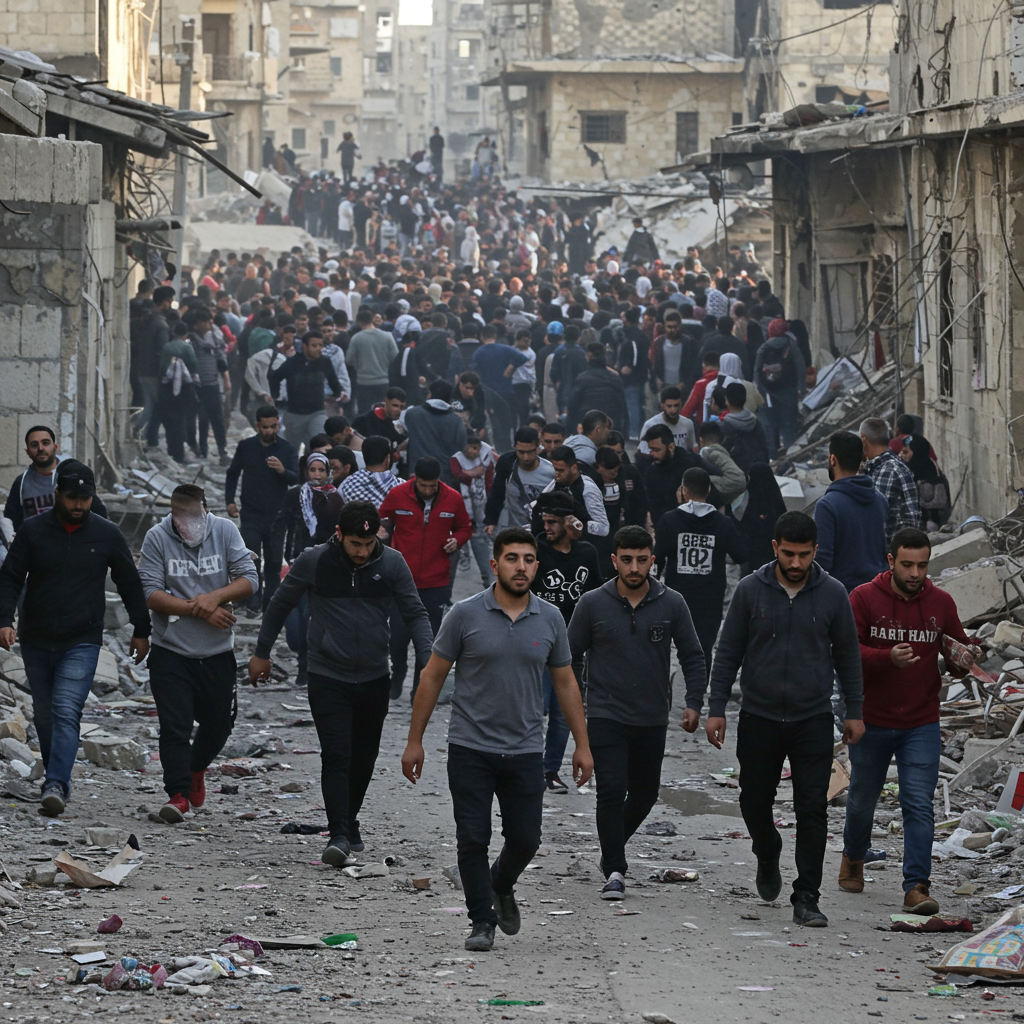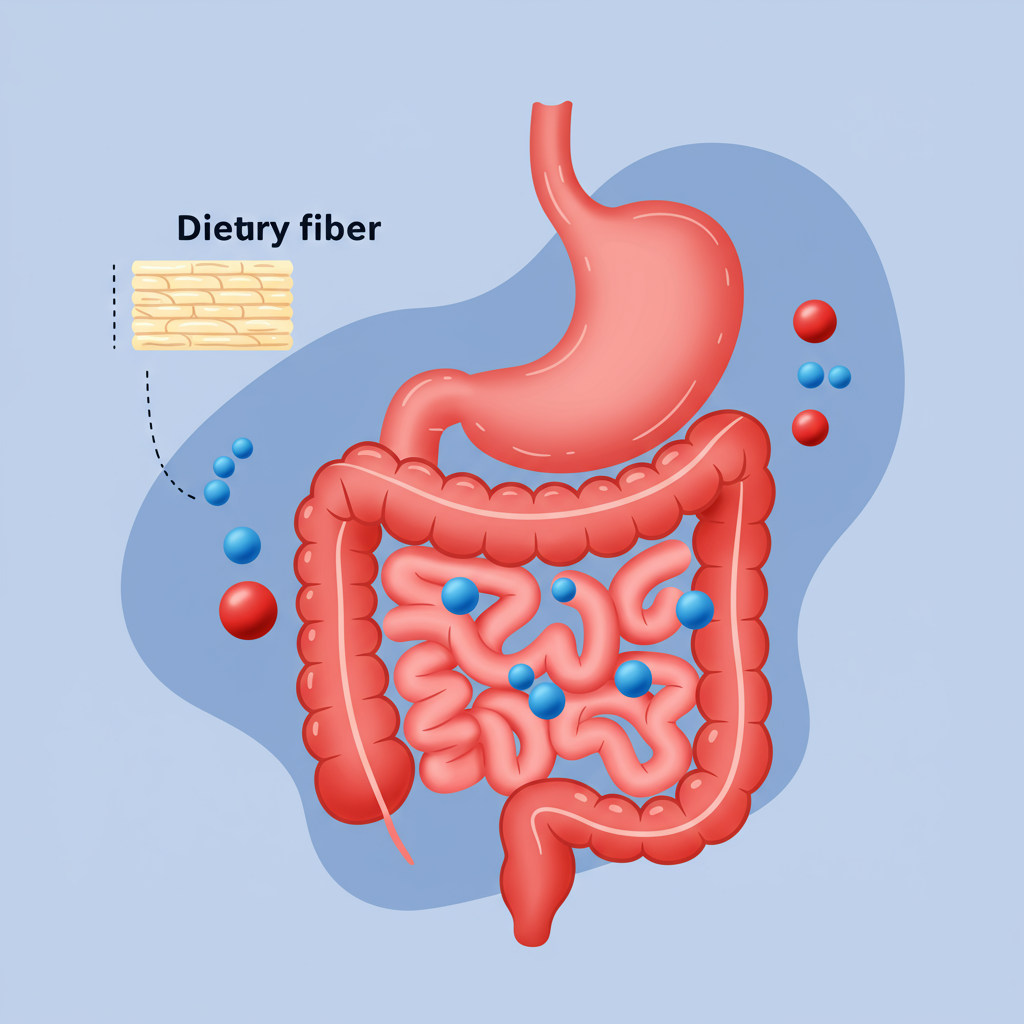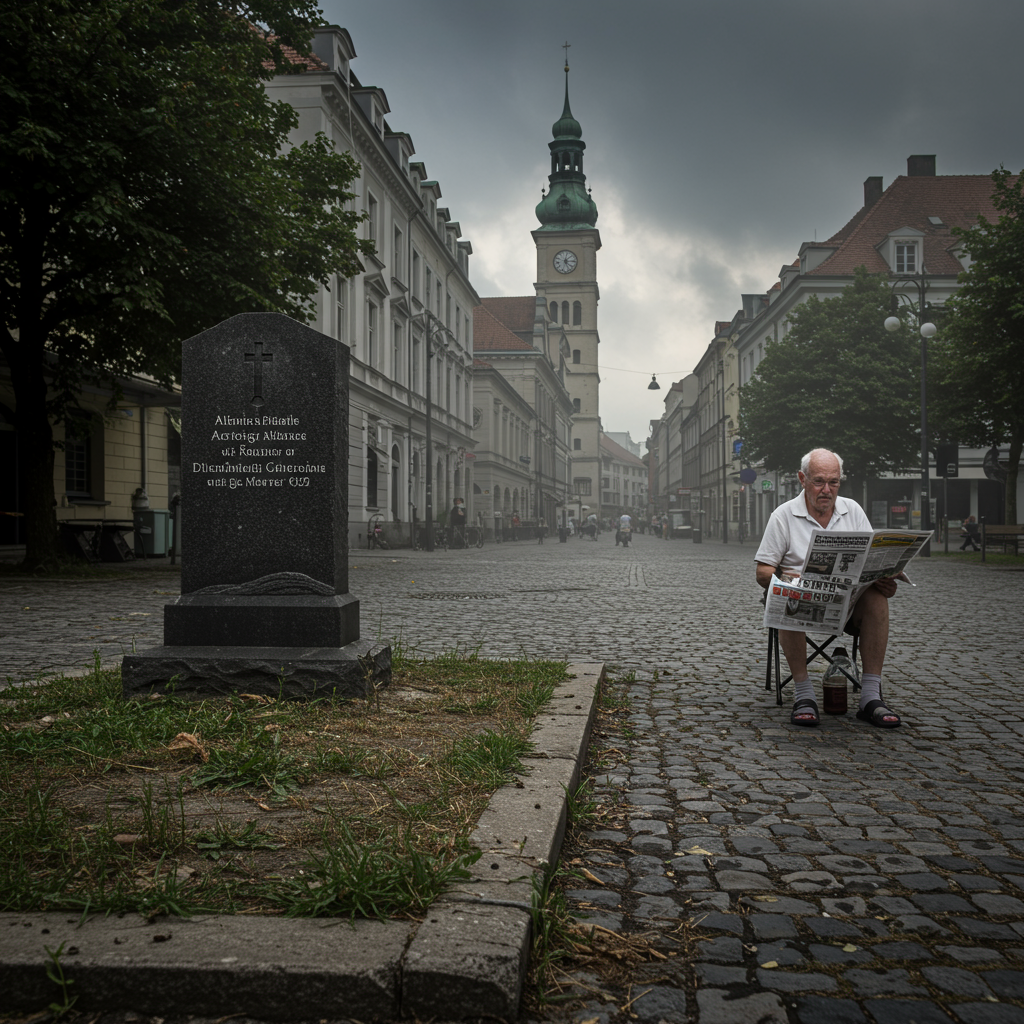Seeking Food, Facing Fatal Risk: Deadliest Incident Hits Gaza Aid Centers
A specific day in June marked a grim milestone in Gaza’s unfolding humanitarian crisis, becoming the single deadliest day for Palestinians attempting to reach desperately needed food aid. According to health officials and sources reporting to Al Jazeera, at least 38 Palestinians were killed in shootings near food distribution centers, primarily in the southern Rafah area and near Khan Younis. This incident contributed significantly to the rising death toll among civilians simply trying to secure food for their families.
These deadly events are not isolated. They are part of a deeply alarming pattern of near-daily shootings that have plagued the new aid distribution system since it began operating just weeks prior in late May. Since the launch of this new system, more than 300 Palestinians have been killed and over 2,000 wounded while trying to access aid from these sites.
Palestinian residents describe a harrowing reality: they must choose between the certainty of starvation and the potentially fatal risk of navigating through areas controlled by Israeli forces to reach the distribution points. Eyewitnesses recount scenes of thousands gathering before dawn, only for firing to begin, often without clear warning, forcing people to scatter or seek cover. Some report fire coming from multiple directions, creating chaotic and deadly stampedes.
Controversy Surrounds New Aid Mechanism
The distribution points involved in these incidents are managed by the Gaza Humanitarian Foundation (GHF), a private contractor supported by Israel and the United States. This system was introduced as an intended replacement for the United Nations-led humanitarian operation that had been the primary aid provider in Gaza for the previous 20 months of conflict.
Israel and the U.S. assert that the new GHF mechanism is necessary to prevent aid from being diverted by Hamas. However, this claim is strongly disputed by UN agencies and major international aid organizations. They argue that there is no widespread theft of aid by Hamas and have rejected the new system outright.
Critics contend that the GHF system is fundamentally incapable of meeting the enormous needs of Gaza’s population of over two million people. Furthermore, they warn that this approach effectively turns food into a weapon, potentially serving Israel’s military goals, including the alleged aim of moving Palestinians into a designated “sterile” enclave in southern Gaza.
Speaking before a British parliamentary committee, an official from Doctors Without Borders (MSF) characterized Israel’s claims of extensive aid diversion as “specious and cynical,” designed to undermine a humanitarian system that was functioning. The MSF official starkly described the GHF system not as a humanitarian effort, but as “basically lethal chaos,” with some critics reportedly labeling the sites as “human slaughterhouses.”
A System Under Strain
The Israeli military has not offered immediate comment on every specific shooting incident. However, in response to previous events, they have stated that soldiers fired warning shots at individuals described as “suspects” who were approaching their positions or deviating from designated routes, though they have not confirmed whether these warning shots resulted in casualties. Witness accounts, however, often contradict this, describing direct firing into crowds.
The International Committee of the Red Cross (ICRC) has treated a high volume of casualties from these events. On the deadliest Monday, their field hospital received approximately 200 injured individuals, marking their highest single mass casualty event. The day prior saw around 170 injured, predominantly with gunshot wounds, from similar attempts to access aid.
The GHF itself has faced challenges and temporarily halted operations at its hubs for safety reasons following the string of fatal incidents. While a GHF spokesperson has stated that incidents often occur outside of their sites or operating hours and that they are focused on improving safety, this contrasts with accounts from aid groups, witnesses, and health officials reporting deaths and injuries directly linked to the centers.
The aid distribution system in Gaza appears on the brink of collapse. UN agencies and other aid groups are reportedly reluctant to cooperate with the GHF, citing concerns that the system violates fundamental humanitarian principles of neutrality, impartiality, and independence. The World Food Programme (WFP) has reported significant difficulties delivering even small amounts of aid, facing delays and denials of permission for convoys due to ongoing military operations. One WFP convoy carrying flour was even stopped and offloaded by hungry civilians.
Famine Risk and Civilian Despair
Experts continue to issue urgent warnings that Israel’s ongoing military campaign and severe restrictions on the entry of humanitarian aid are pushing Gaza towards a devastating famine. Despite a partial easing of the blockade in May, only a “trickle” of aid has been allowed in, insufficient to meet the population’s overwhelming needs.
The reality on the ground for civilians is one of profound despair. Residents describe the GHF process as “messy and dangerous” and express deep fear, with some saying going to the aid centers “feels like walking into death.” Even when aid enters, prices for basic necessities remain exorbitant, and distribution at centers can be unequal, favoring the strong. The constant danger and scarcity mean there is no respite, driving already insane prices for essential goods even higher through informal markets.
The broader conflict, triggered by the October 7 attacks on Israel, which resulted in an estimated 1,139 deaths and over 200 captives, has had a catastrophic impact on Gaza. According to Gaza’s Health Ministry, at least 55,432 people have been killed and 128,923 wounded in the enclave since October 2023. The deadly incidents at food distribution centers underscore the extreme risks faced by Palestinian civilians in this devastating crisis, highlighting the critical need for unimpeded humanitarian access and the protection of those desperately seeking survival.



